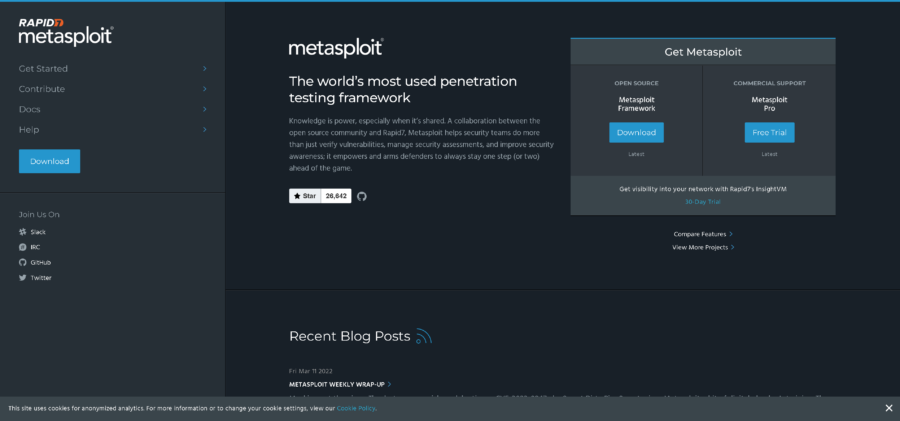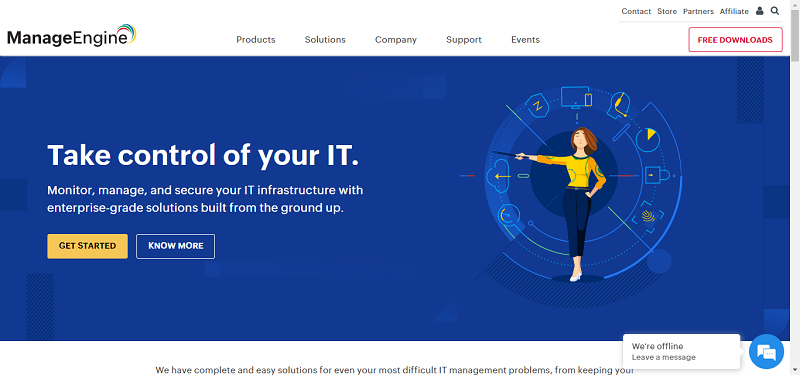Peanut butter and jelly, salt and pepper, marketing and… customer support?
We don’t tend to consider customer support as a complement to marketing, but when an organization experiences success in retaining customers and securing customer loyalty, it’s likely they owe it to the two segments of business working together. Marketing, with all its bells and whistles, gets all the glory for attracting new customers, but customer service – good customer service — is the secret sauce that keeps the customers coming back – and bringing their friends and family with them.
If you’re reading this, you’re probably a marketer or involved with marketing in some respect, so it’s likely you already know about the concept of “customer segmentation” – the process of separating a customer base into groups based on specific demographics or company engagement. However, customer segmentation can also provide a big payoff through customer support. Segmentation enables customer support reps to deliver differentiated experiences to users, allowing organizations to adjust their approach and service level based on:
By segmenting customers by these factors, it enables companies to define distinct service-level agreement per segment and optimize resource allocation accordingly. For example, a company may have a 48-hour wait time for a lower-tier customer, but a two-hour response time for a V.I.P. Additionally, being able to access customer segmentation data in real-time enables businesses to appropriately route their users’ tickets. A lower-tier customer may get routed to a general hotline, while V.I.P.s get a dedicated concierge.

Most businesses deliver customer support based on the problem, routing customers to the right team or agent to address a given issue. But businesses that have taken a tiered customer group approach by focusing on the customer’s segment type have experienced happier customers and longer customer retention. Take American Express, for example. The financial institution aligned its help desk workflows with an eye for people, not problems. Over the last few years, the organization has created a tier of customers with a series of customer support services available to each. Its V.I.P. members expect V.I.P. service, whether they’re being notified of potential fraudulent activity or forget their password to their online account. By focusing on the customer first and the transaction second, American Express is able to deliver differentiated, higher-touch customer service to its highest value customers. The results speak for themselves: since shifting to a customer-centric model, the organization has been able to triple customer satisfaction, increase cardmember spend by 10 percent, and decreased its card member attrition by 400 percent.
When considering how to improve your customer retention and overall customer satisfaction, a natural first step is to start with changing the model for customer support to be customer-centric rather than problem-centric.
By aligning these elements with your overall marketing and customer support strategies, you’ll be well on your way to ensuring customer retention and loyalty.
By Barry Coleman





